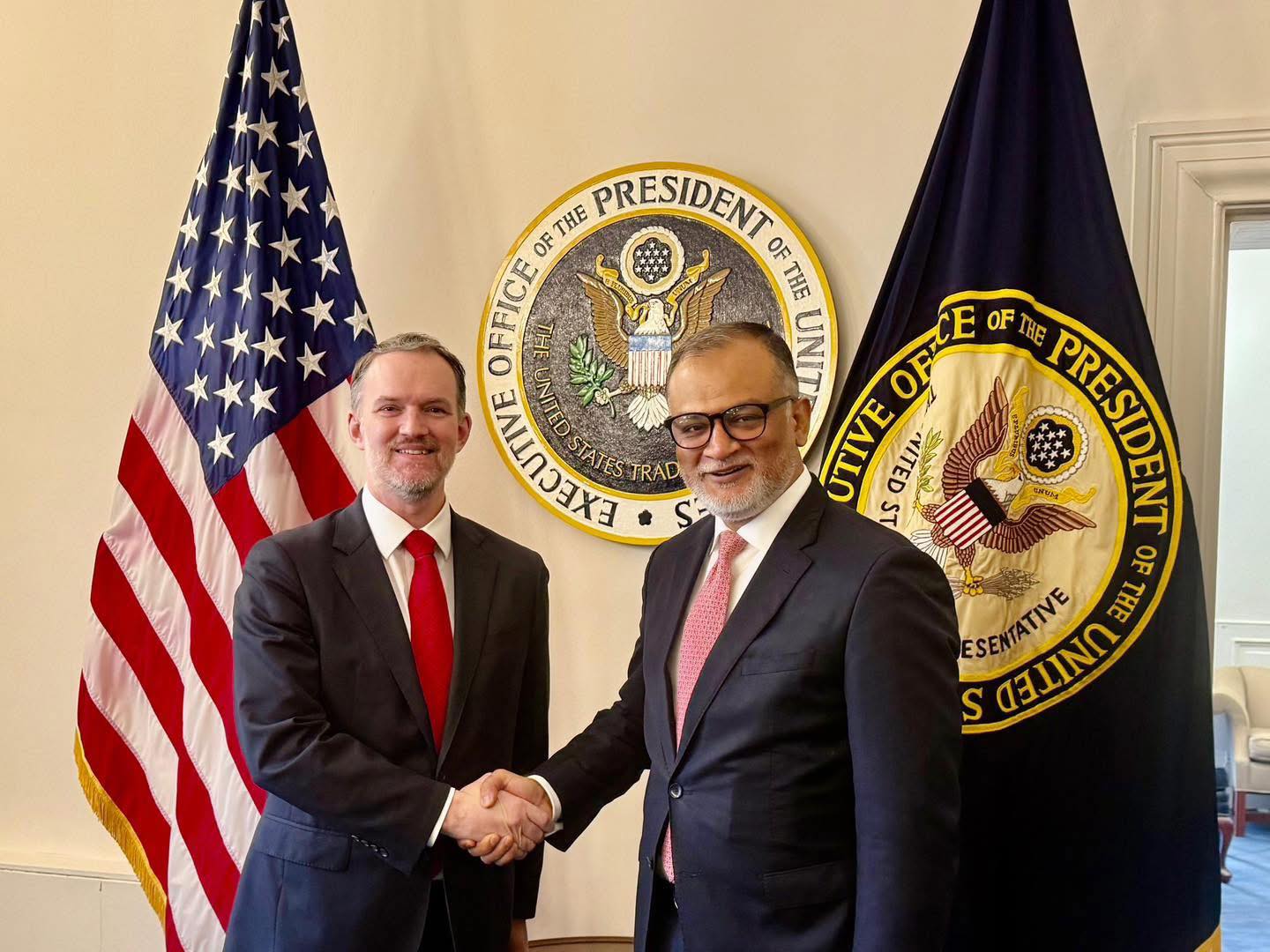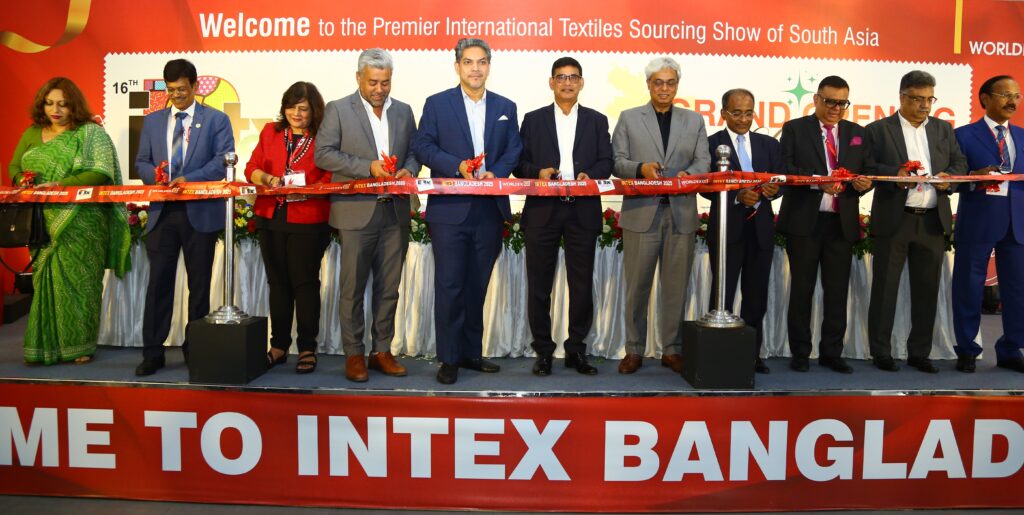[title style=”bold-center” text=”WHAT IS SPONSORSHIP AND HOW Does IT WORK?” tag_name=”h1″]
I am often asked, what is sponsorship? It used to be a pretty simple answer. Most people think of sports sponsorships like McDonald’s and the U.S. Olympic team, or Bud Light and the NFL. There are many easy examples to see in sports and so it is a good place to start, but it really has grown to include, causes, not for profits, non-sporting events, associations, municipalities, airports and all kinds of social media.
My formal shot at a definition is: Sponsorship is a form of affinity marketing that provides certain rights and benefits to the buyer or “sponsor”. It is usually in conjunction with a property, venue, personality, or event. Most often the sponsors may use the images and logo of the partner and call themselves an official sponsor of the property. Sponsorship is particularly effective when the sponsor and the property have similar goals, values and vision. Properly activated this affiliation casts a “halo” or conveys certain characteristics to the sponsor as a result of the strong recognition or fan base of the property.
Sponsorship is much more than an outfield sign at a baseball park or a logo on a racecar. Sponsorship provides, business access, connections, hospitality, affinity, audience access, data, and helps to shape public perception in a way that can be hard to achieve using your own marketing and branding efforts alone. Sponsors and properties working together can create a broader reach and shared objectives, multiplying the resources they have and leveraging the combined power of the relationship.
Sponsorship is much more than advertising. Well-conceived sponsorships include an investment in activation. Activation is a term that is used to describe the specific ways in which the sponsored properties assets will be utilized. This could include, physical space and interaction with fans or followers, direct contact via email or direct mail, special features and offers to brand customers, hospitality, entertainment and many other forms of engagement.
Sponsorship is as effective in a B to B application as a B to C application. Many municipalities have addressed their funding issues by selling naming rights for parks and buildings, train stations and more. The real key is to find an organic linkage. One that makes sense to the public. Initially most sponsorships were endemic, like tires and tools for race teams. But as time has gone on the industry has learned that certain fans have loyalty to sponsors of the sport, community or cause that they care about. That is how we wind up with M&M’s on a race car and pink ribbons on a can of soup.
In my experience the real key to success with sponsorship is finding the insights that connect consumers and businesses. The time, the place, the feeling that connects them and creates preference, recognition, learning and buying. When it works we all get it. Sometimes we don’t get it because we aren’t the target. Other times it is off the mark. It is like making a delicious meal, most people can tell if it looks nice and tastes good. But, making the recipe, knowing the ingredients and the proper preparation is something that takes experience and a willingness to develop the insights that separate your deal from the crowd.










